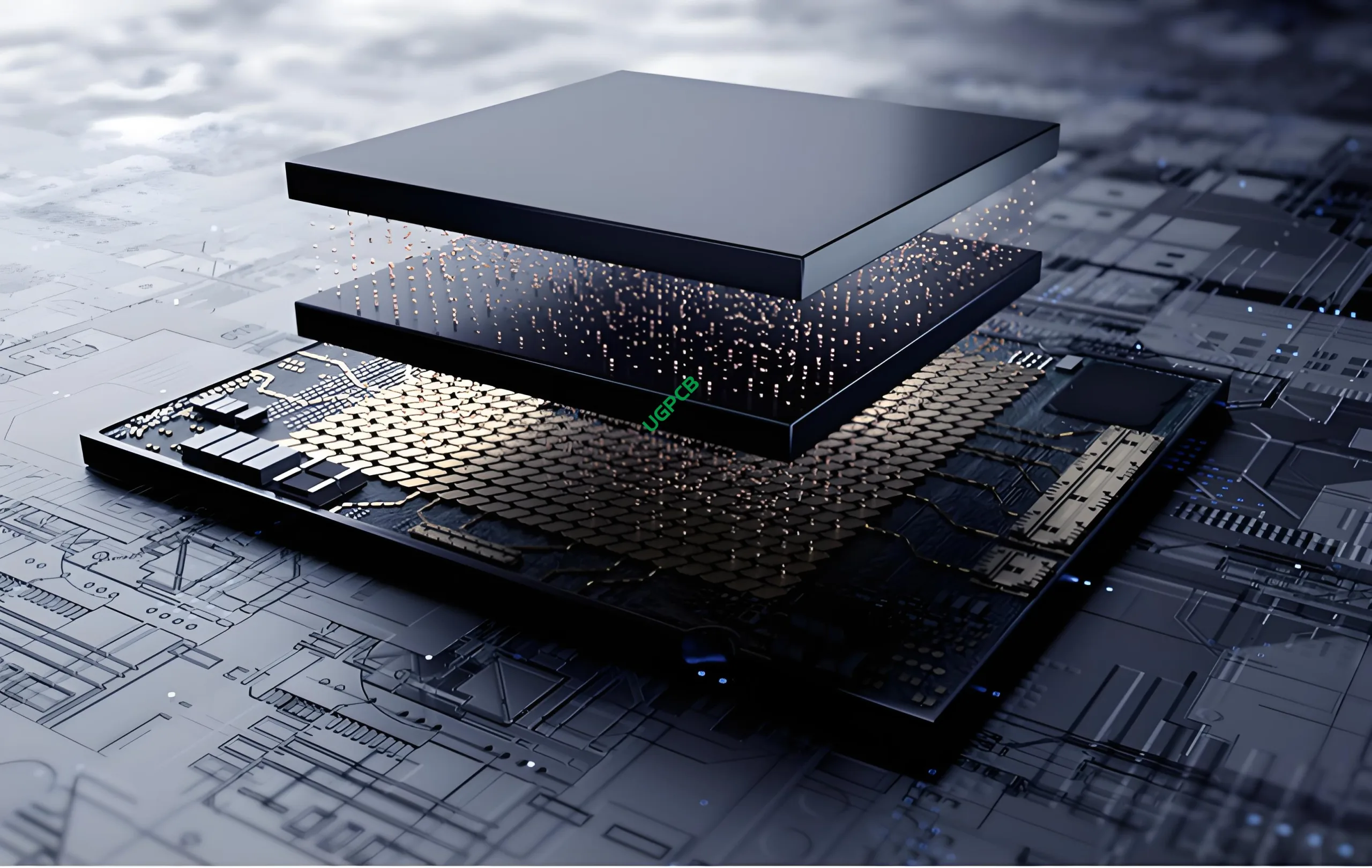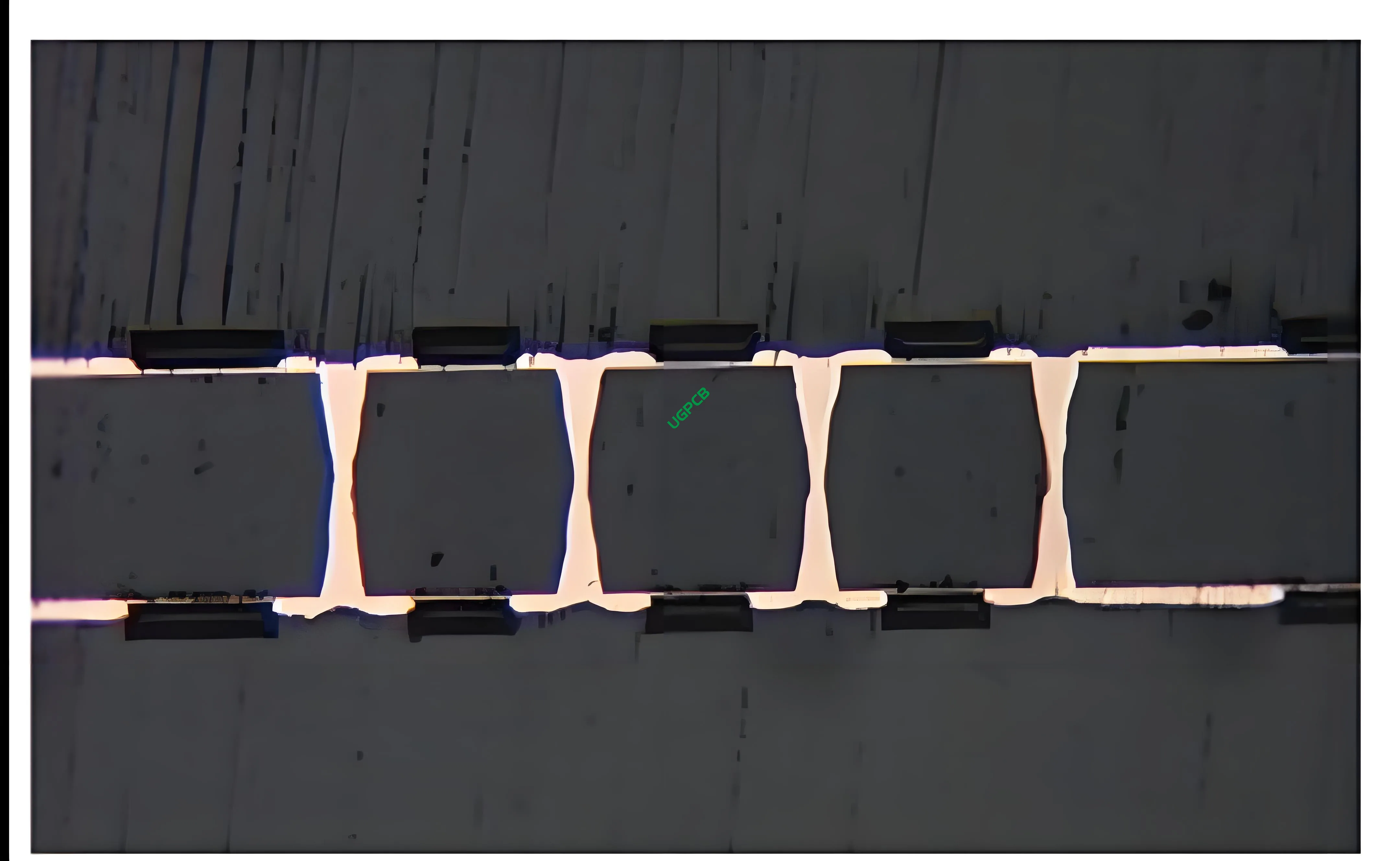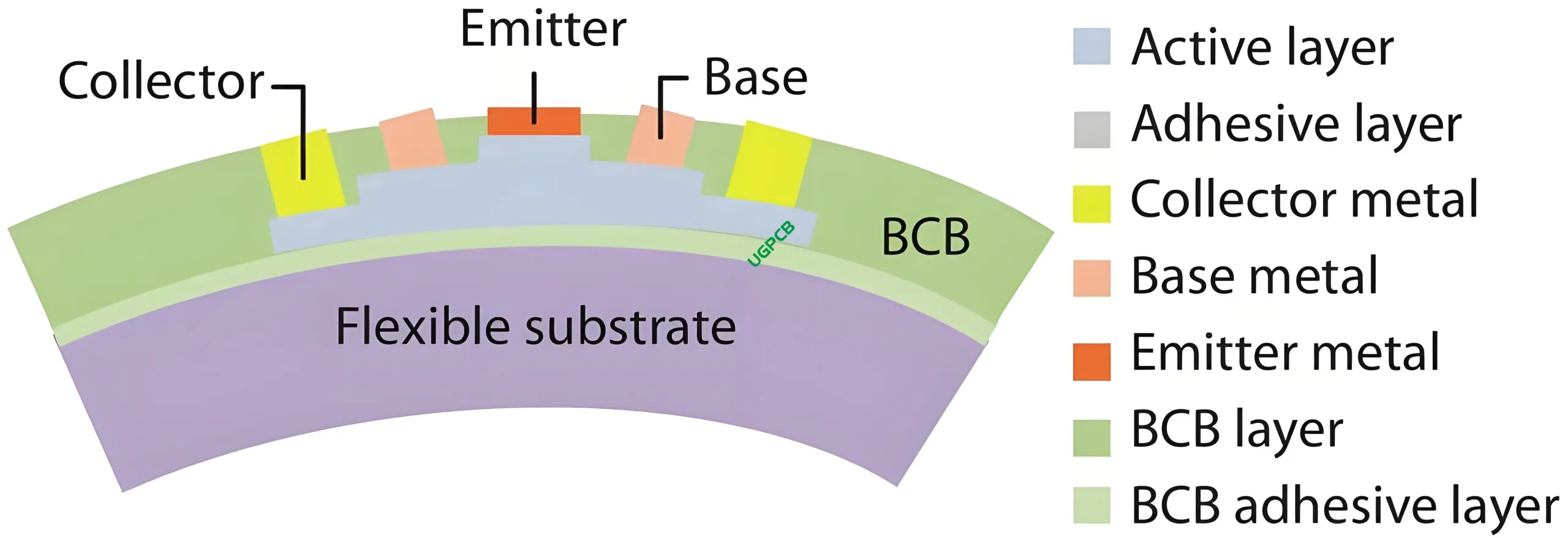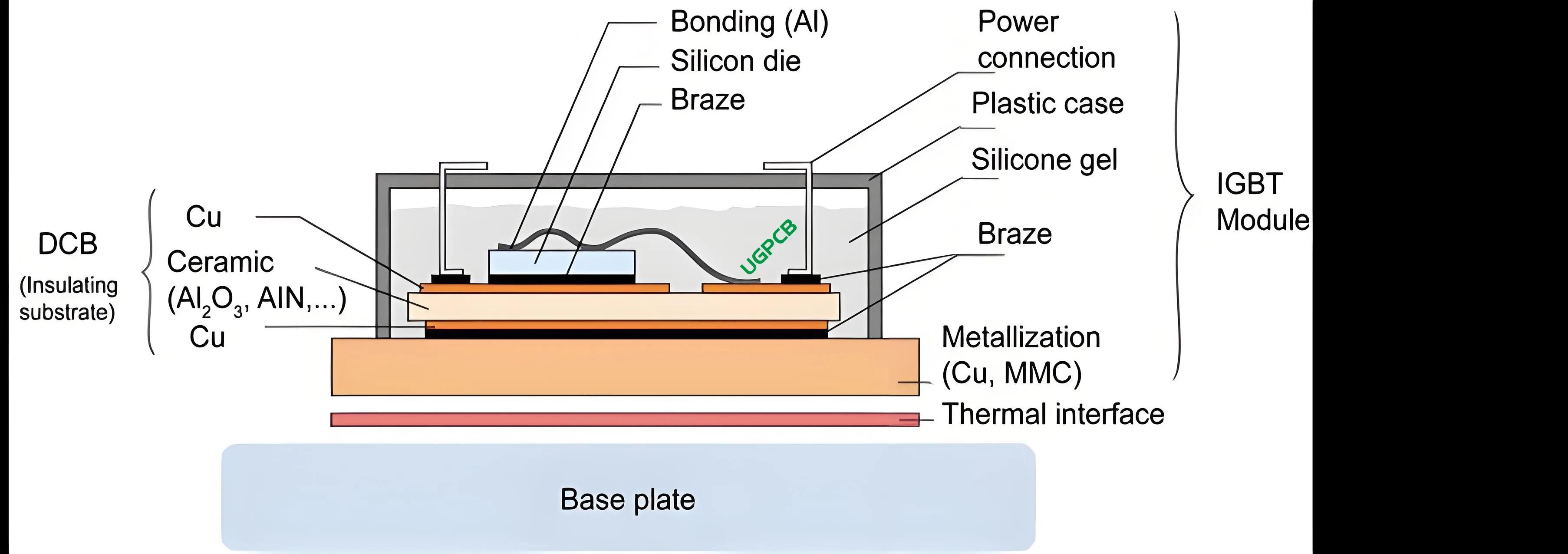
In the field of semiconductor packaging, the choice of substrate material is crucial. Glass, flexible, and ceramic substrates, as the three mainstream materials, each have unique advantages and limitations. These characteristics determine their applicability in different scenarios. This article will delve into the pros and cons of these three substrate materials to help readers make informed decisions when selecting encapsulation materials.
Glass Substrate: Guardian of High-Frequency and High-Speed Signals

Glass substrates stand out in the semiconductor packaging domain due to their unique properties. Firstly, glass substrates have a low dielectric constant (εr), which can effectively reduce delay and loss during signal transmission. In modern chips, the demand for high-frequency and high-speed signal transmission is extremely high, making the low dielectric constant property of glass substrates particularly important. Research shows that materials with low dielectric constants can significantly reduce signal attenuation during transmission, improving signal integrity.
Secondly, the high heat resistance and thermal stability of glass substrates allow them to withstand the high heat generated by chips during operation. As chip power density continues to increase, heat dissipation becomes more critical. The excellent heat resistance of glass substrates ensures stable operation at high temperatures and extends the product lifespan.

Additionally, glass substrates have a high surface smoothness, which is conducive to finer circuit fabrication and chip encapsulation processes. High smoothness not only improves packaging precision but also reduces the risk of electrical failures caused by uneven surfaces. Moreover, glass substrates have good electrical insulation properties, which can prevent electrical faults and enhance the safety of semiconductor devices.
However, glass substrates also have some limitations. Firstly, their production cost is relatively high, which may limit their application in some low-cost products. Secondly, while glass substrates have good machining properties, certain specific processes, such as fine drilling and ultra-thin cutting, still present technical challenges. Additionally, the brittleness of glass substrates poses a significant challenge, potentially leading to breakage during processing, transportation, and installation.
Flexible Substrate: Preferred for Dynamic Connections and Complex Structures

Flexible substrates excel in applications that require dynamic connections or complex three-dimensional structures due to their flexibility and bending capability. They can bend and fold, adapting to various irregular shapes and spatial constraints, providing designers with greater freedom.
Moreover, flexible substrates are generally lighter and thinner than rigid substrates, making them suitable for space-limited applications. In wearable devices and portable electronics, lightweight design is key. The light and thin nature of flexible substrates not only reduces product weight but also enhances portability and comfort.
Flexible substrates also exhibit good heat dissipation performance, beneficial for high-heat-generating designs. Due to their thin and flexible nature, they can more effectively transfer heat, lowering product temperature and increasing system stability. At the same time, flexible substrates can reduce solder joint stress, improve connection reliability, and extend product lifespan.
However, flexible substrates also face some challenges. For instance, warping issues are hard to control and may affect assembly quality and yield. The processing of flexible substrates is relatively complex, especially when it comes to shape changes that are difficult to achieve with tools. Additionally, the cost of flexible substrates is higher, with both unit price and processing costs exceeding those of rigid boards of the same area. Furthermore, due to the non-fixed line shape, the characteristic impedance stability of flexible substrates is poorer, potentially affecting signal transmission quality.
Ceramic Substrate: A Paragon of High Power, High Frequency, and High Reliability

Ceramic substrates perform exceptionally in high-power, high-frequency, and high-reliability chip products due to their excellent insulation properties, low coefficient of thermal expansion, and high thermal conductivity. Ceramic substrates provide outstanding insulation, ensuring that electronic components remain isolated and protected from external influences. Their low dielectric constant also helps minimize signal loss and interference, enabling efficient transmission of internal electrical signals.
The low coefficient of thermal expansion of ceramic substrates ensures the structural integrity and reliability of electronic components under different thermal conditions. This characteristic is particularly crucial for high-power density and high-frequency applications, as temperature changes can cause dimensional shifts in components, thereby affecting circuit performance. The high thermal conductivity of ceramic substrates effectively dissipates heat, preventing heat accumulation and enhancing system stability.
Furthermore, ceramic substrates offer excellent gas tightness and chemical stability, making them suitable for applications requiring high protection against environmental factors. These features give ceramic substrates broad application prospects in high-end fields such as aerospace and military electronics.
However, ceramic substrates also have some limitations. Firstly, their brittleness can lead to breakage risks during handling. Secondly, the manufacturing cost of high-performance ceramic substrates is high, especially for those using early technologies like HTCC. Additionally, the size accuracy of certain ceramic substrates (e.g., LTCC) needs further improvements, potentially affecting circuit performance and packaging quality.
Conclusion: Choosing the Most Suitable Encapsulation Material
Each of glass, flexible, and ceramic substrates has its strengths. The choice of material depends on the specific application requirements. Glass substrates excel in high-frequency and high-speed signal transmission due to their low dielectric constant, high heat resistance, and high surface smoothness. Flexible substrates are suitable for dynamic connections and complex three-dimensional structures because of their flexibility and lightweight characteristics. Ceramic substrates perform exceptionally in high-power, high-frequency, and high-reliability chip products thanks to their excellent insulation properties, low coefficient of thermal expansion, and high thermal conductivity.
When choosing encapsulation materials, it is essential to consider the specific application needs and the advantages and disadvantages of various materials. By thoroughly understanding the characteristics of each material and combining them with the specific requirements of the product design, informed decisions can be made to select the most suitable encapsulation material, thereby enhancing the performance and reliability of the product.
 UGPCB LOGO
UGPCB LOGO

